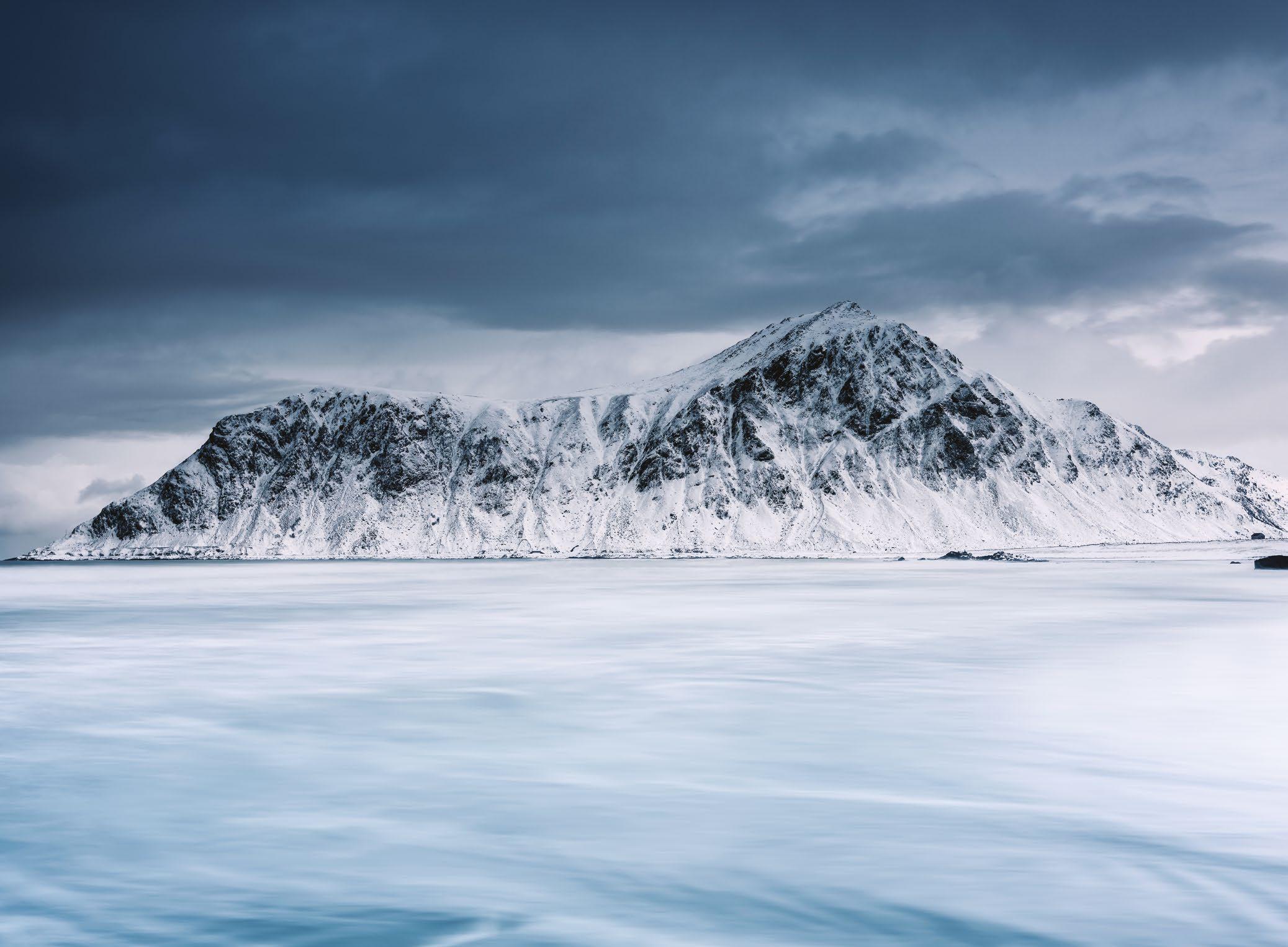
2 minute read
Choose sustainable seafood from Norway and be proud to return to the Ice Age
Origin Matters
Choose sustainable seafood from Norway and be proud to return to the Ice Age
Freezing food is one of the oldest preservation methods. For centuries it has been used to prolong the availability of food over winter. The nature of freezing does not require added preservatives, as microorganisms do not grow on produce when the temperature falls below -9.5oC.
Yet, it has long been the myth that fresh fish is best.
Such is the need to bust this myth it would not be surprising if many foodies were unaware that it is illegal to serve sushi had it not been frozen beforehand. The Food Standards Agency stipulates fish intended to be eaten raw or lightly cooked in food businesses and restaurants must be frozen first to kill parasites.
Today, frozen-at-sea production is now considered to be one of the best and most consistent sources of whitefish supply to the UK’s HoReCa industry. Frozen-at-sea produce is favoured by many award-winning fish & chip shops and is used in catering events where consumption volumes are high.
Once the fish is caught, it is processed, filleted and frozen to below -20oC within 2-5 hours on board several advanced vessels fishing in the Arctic waters of the Barents Sea and the North East Atlantic. All Norwegian



frozen-at-sea vessels operate in accordance with Hazard Analysis Critical Control Point (HACCP) systems and are approved by the Norwegian Food Safety Authority.
The benefits to using frozen-at-sea produce include locking in optimal freshness, nutrients and taste without compromising on quality. Frozen-at-sea fish can also offer a superior source of omega-3 acids, vitamins A, B12 and D.
Other benefits apart from the consistently high quality of taste include a relatively stable price and an extended shelf life. Supply can be provided throughout the year, eliminating the impacts from seasonal fluctuations. There is also minimal wastage as the fish can be defrosted as required.
Where it comes to attention to detail, many chippies have been known to defrost frozen-at-sea produce slowly to maintain the product’s plump cellular structure and taste.
As for traceability, this was included in the Norwegian Food Act in the 1990s. It is common practice to be able to track back to the precise Norwegian vessel the fish stock has been caught from.
Frozen-at-sea produce from Norway is an excellent choice for perfect fish & chips. If you choose seafood from Norway for its superior quality, green credentials or simply for the story, you’ll be sourcing ingredients from a country where people take great pride their rich fishing heritage.
For further information on quality, legislation and sustainability please visit www.seafoodfromnorway.co.uk













